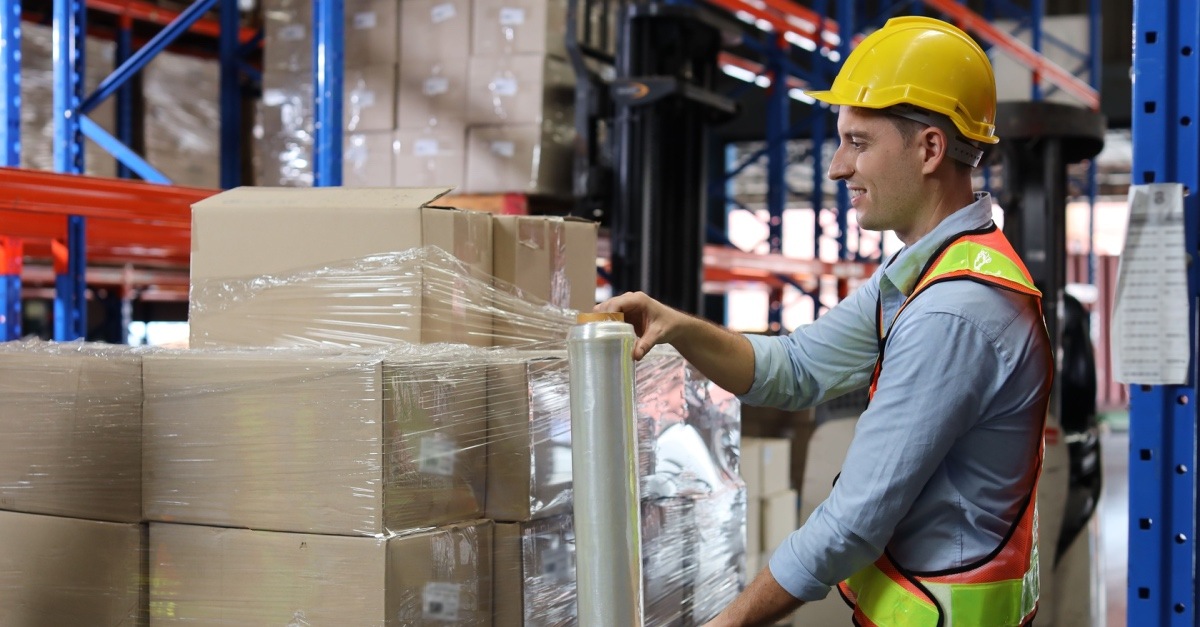8 min read
5 Smart Warehouse Solutions to Enhance Small Business Agility
Your small business is picking up steam — more orders are coming in, customers are happy, and growth feels within reach. However, a problem is...

Warehouse labor shortages are costing logistics operations millions in lost productivity and increased turnover expenses. The U.S. warehousing industry faces annual turnover rates often exceeding 40%, creating constant recruitment and training cycles that drain resources.
Meanwhile, rising labor costs and productivity demands squeeze profit margins tighter each quarter.
This guide provides seven evidence-based strategies to stabilize your workforce, improve retention, and optimize labor utilization without compromising operational standards.
20 Years of Kitting Excellence
Ready to Streamline Your Supply Chain?
Join industry leaders achieving 99%+ SLA performance with flexible kitting.
Fulfillment, and 3PL solutions. We handle over 100 million kits annually
Rigid scheduling drives warehouse turnover. Flexible shift options help you attract and retain workers while maintaining coverage during peak periods.
These are the core flexible scheduling approaches to consider:
Research shows that flexible work arrangements improve employee retention and reduce turnover, creating better work-life balance, a top priority for warehouse workers.
To implement flexible scheduling systems, follow these steps:
Physical strain is a major reason warehouse workers leave, and reducing injury risk improves retention while lowering workers’ compensation costs. Investing in high-impact ergonomic solutions can make a significant difference:
Musculoskeletal disorders are overwhelmingly the number one cause of injuries in general warehousing, with the transportation and warehousing sector having the highest serious injury and illness rate of all 19 sectors in 2022, with 3.8 cases per 100 workers.
Implementing ergonomic improvements and fostering a strong safety culture can significantly reduce these work-related injuries:
Dead-end jobs accelerate turnover, while visible advancement opportunities retain ambitious workers and help build institutional knowledge. These structured career development programs give employees clear growth paths and motivate them to stay with the organization:
Clear documentation supports consistent career development and ensures employees can track their progress. Here’s how to maintain accurate records and formalize processes, so workers can see how they’re advancing:
Poor onboarding often leads to early turnover, while structured training programs reduce time-to-productivity and boost new hire confidence. Implementing a well-organized onboarding plan ensures employees learn efficiently and safely:
Strategically focusing onboarding content ensures workers quickly gain the skills they need while retaining critical information. Because of that, prioritize learning in manageable steps to improve safety, efficiency, and confidence:
Leveraging technology allows warehouses to gain actionable insights into productivity that manual tracking often misses. Using data-driven tools helps managers make smarter decisions while improving worker satisfaction:
Monitoring performance at a granular level prevents inefficiencies and supports continuous improvement. Focus on the right metrics to ensure technology investments drive meaningful improvements:

Below-market pay is a major driver of turnover, while competitive compensation helps attract and retain talent. Thoughtful planning ensures pay structures motivate employees and support business goals:
Beyond base pay, total rewards packages contribute to overall employee satisfaction and retention. By evaluating both tangible and low-cost perks, you’ll ensure staff feel valued while staying within budget:
Recognition boosts morale and retention while costing little. Building a consistent recognition culture keeps employees motivated:
Recognition is most effective when it is timely, specific, and tailored to individual preferences. Best practices for meaningful recognition include:

Tracking labor management metrics regularly allows organizations to evaluate the effectiveness of their workforce strategies and identify areas for improvement. Monitoring the following indicators quarterly ensures timely adjustments to improve retention, productivity, and safety.
Turnover and retention indicators:
Productivity and efficiency metrics:
Quality and safety outcomes:

Focus on three high-impact areas: competitive compensation benchmarked quarterly against local market rates, clear career progression paths with documented advancement criteria, and flexible scheduling that accommodates workers' personal needs.
Staffing ratios vary significantly by operation type, automation level, and product characteristics. Use historical productivity data to calculate units per labor hour by task, then forecast staffing needs based on expected volume and SKU mix. Build 10-15% buffer capacity to handle volume spikes and unplanned absences without excessive overtime.
Emphasize advantages large facilities can't match: faster advancement opportunities due to smaller organizational structures, broader skill development through cross-training across multiple functions, closer relationships with leadership, and greater flexibility in scheduling or policy adjustments. Many workers prefer these factors over slightly higher pay at impersonal mega-facilities.
Start with warehouse management systems that provide visibility into individual and team productivity patterns. This foundational data enables informed decisions about all other investments. The next priority is mobile picking technology that reduces travel time and errors. Delay expensive automation until you've optimized workflows and training with current equipment.
Set realistic productivity targets based on observed performance of experienced workers, not theoretical maximums. Monitor quality metrics alongside speed to prevent burnout-driven mistakes. Provide regular breaks, rotate physically demanding tasks, and create forums where workers can report unsustainable expectations without retaliation.
Temporary staffing provides valuable flexibility for seasonal peaks and covers unexpected absences without overtime costs. However, excessive reliance on temps increases training overhead and reduces institutional knowledge. Aim for 80-85% core staff with 15-20% flexible capacity through temps during predictable busy periods.
Review aggregate productivity metrics weekly to identify trends requiring immediate intervention. Conduct individual performance discussions quarterly, focusing on development rather than punitive measures. Annual reviews should address compensation adjustments and career progression rather than rehashing quarterly feedback.
Effective warehouse labor management requires systematic approaches across multiple dimensions rather than single solutions:
Get ideas on how to delight your customers with delivery on their timeline.

8 min read
Your small business is picking up steam — more orders are coming in, customers are happy, and growth feels within reach. However, a problem is...
![What is a 3PL Warehouse Management System? [Guide for 2026]](https://www.getproductiv.com/hubfs/GetProductiv_October2024/images/warehouse%203pl.jpg)
7 min read
Third-party logistics providers face mounting pressure to manage multiple clients, complex inventories, and demanding service level agreements...

8 min read
Managing inventory for household goods is different from handling other products. Furniture pieces take up serious warehouse space, bedding comes...